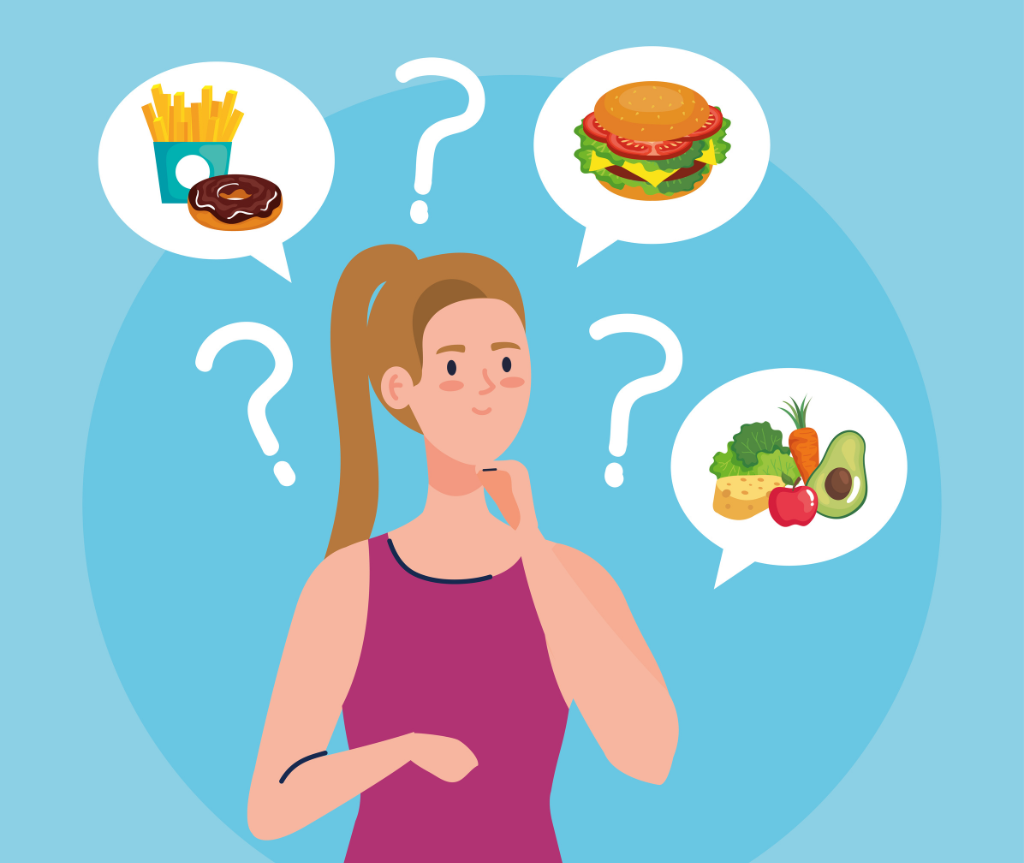If you’ve ever followed a keto diet, you’ll know it can feel like walking a fine line — one slice of bread too many, and suddenly your hard-earned ketosis is gone. Knowing which foods to avoid on keto isn’t about being strict; it’s about understanding how your body’s fuel system works. When you make mindful swaps and stay aware of hidden carbs, you can maintain steady energy, sharper focus, and that clear-headed balance keto is known for.
While sugar and flour are obvious culprits, there are plenty of “healthy-looking” foods that can quietly push you out of ketosis. Once you learn what to look for, it becomes second nature.
The Keto Diet in a Nutshell
Keto is simple at its core: high fat, moderate protein, very low carbs. By keeping your carbs below roughly 20–50g per day, you train your body to burn fat instead of sugar for energy — a state called ketosis.
But carbs hide in many surprising places — from sauces and fruit juice to yoghurt. That’s why tracking and awareness matter more than perfection.
The Truth About “Low-Carb” Labels
Ever bought something labelled low-carb or sugar-free and later wondered why your energy crashed? Many of these products use ingredients like maltitol or sorbitol, which technically aren’t sugar but can still raise blood sugar enough to nudge you out of ketosis.
Before adding them to your cart, glance at the net carbs and ingredients list. A little detective work goes a long way — and websites like Examine.com can help you double-check claims.
10 Sneaky Foods That Can Break Ketosis
1. White Bread
A single slice of white bread has barely 1g of fibre — meaning it digests fast, floods your bloodstream with glucose, and halts ketone production almost instantly. Swap it for almond flour bread or lettuce wraps for your sandwiches.
2. Sweetened Beverages
Diet drinks may appear safe, but sweeteners like sucralose or aspartame can alter your gut bacteria and appetite cues. Reach instead for sparkling water with lime or iced herbal tea — your body (and microbiome) will thank you.
3. Fruit Juice
Yes, it’s “natural” — but a single glass of orange juice can pack the sugar of three to four oranges. You’re better off eating a handful of berries or slicing half an avocado for something sweet and creamy.
4. Pasta and Noodles
One cup of cooked pasta can load you up with 40–45g of carbs — nearly your entire day’s allowance. Try zoodles (courgette noodles) or konjac noodles, which absorb sauces beautifully without the carb crash.
5. Fries and Crisps
A medium serving of fries? Roughly 30g of carbs — and not much else. For that crunchy craving, bake zucchini fries or kale crisps brushed with olive oil and salt. They hit the spot without derailing your goals.
6. Sweets and Desserts
We all crave something sweet now and then. The trick isn’t to suppress it — just swap smartly. A few raspberries with whipped coconut cream or a square of dark chocolate (85% cacao) can satisfy without spiking your sugar.
7. Pizza
Even a thin-crust slice sneaks in 20–25g of carbs. Make your own with cauliflower or almond flour crust, load up on veggies and cheese, and enjoy it guilt-free.
8. High-Sugar Fruits
Bananas, mangoes, and grapes might be nutrient-packed, but they’re also sugar bombs. Stick to strawberries, blackberries, or kiwi in moderation — colourful, fibre-rich, and keto-kind.
9. Starchy Veggies
Potatoes, peas, and corn are delicious but carb-dense. If you love comfort food, try cauliflower mash or courgette chips instead. You’ll still get that cosy satisfaction without the carb overload.
10. Condiments and Soups
Sauces are sneaky — one tablespoon of ketchup contains around 6g of sugar. Many soups also use flour or cornstarch as a thickening agent. The fix? DIY your dressings with olive oil, vinegar, herbs, and mustard. You control the flavour — and the macros.
The Bottom Line
Keto isn’t about restriction — it’s about awareness. When you know where carbs like to hide, you gain freedom, not rules.
Tonight, take five minutes to scan three items in your pantry or fridge. Spot a surprise sugar or starch? That little “aha” moment is progress — and progress keeps you in ketosis longer, feeling energised, lighter, and more in charge of your health.



